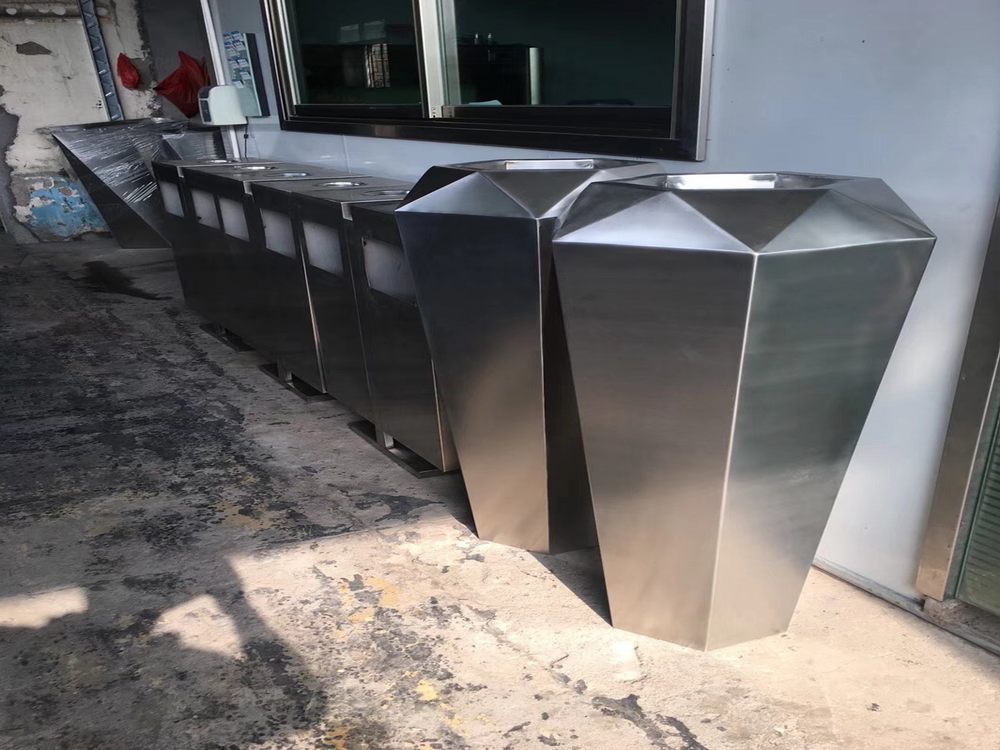
Stone carving is an ancient art form that has produced some of the world's most breathtaking architectural and sculptural wonders. The creation of intricate patterns in stone requires both technical skill and artistic vision, achieved through several time-honored techniques.
1. Relief Carving: This popular method involves carving designs that remain attached to a flat background. Artists use varying depths to create stunning three-dimensional effects, from shallow bas-relief to deep high-relief carvings.
2. Incised Carving: For delicate linear patterns, craftsmen use sharp tools to cut precise grooves into the stone surface. This technique is particularly effective for creating detailed borders and fine decorative elements.
3. Pierced Carving: When artisans want patterns to appear floating or lace-like, they carefully remove background material to create openwork designs. This demanding technique requires exceptional precision to maintain structural integrity.
4. Stippling and Texturing: By using specialized punches and chisels, carvers can create intricate dot patterns or textured surfaces that catch light beautifully.
5. Modern Rotary Tools: Contemporary artists often supplement traditional hand tools with rotary tools for particularly fine details or hard stones, allowing for greater precision in complex designs.
Master carvers typically combine multiple techniques in a single piece, building up layers of complexity. The choice of method depends on the stone type (softer limestone allows for finer detail than granite), the intended design, and the artist's personal style. Traditional apprenticeship systems ensure these techniques continue to evolve while maintaining their historical roots.
Proper tool selection is crucial - from basic chisels and mallets to specialized rifflers and claws. Many artisans still prefer hand tools for their control, though power tools can significantly speed up the initial roughing-out stages.
The most successful stone carvings balance technical precision with artistic expression, transforming cold, hard stone into flowing, organic patterns that seem to defy the material's natural properties. Whether creating geometric Islamic patterns, flowing Celtic knots, or realistic floral motifs, the master carver's skill lies in making the difficult appear effortless.

